Romana Javitz: Champion of FSA Photographers
Romana Javitz (1903-80) was curator of The New York Public Library’s Picture Collection from 1928 to 1968, where she assembled one of the most historically important and artistically significant collections of twentieth-century photographs. An early champion of photography who said “great photography ranks with great art,” she established personal relationships with Dorothea Lange, Lewis Hine, and Berenice Abbott, encouraging artists to bring her work, which she subsequently purchased for the library.
When the photographs came to us, they just gave us a completely new eye.
Romana Javitz & the Farm Security Administration
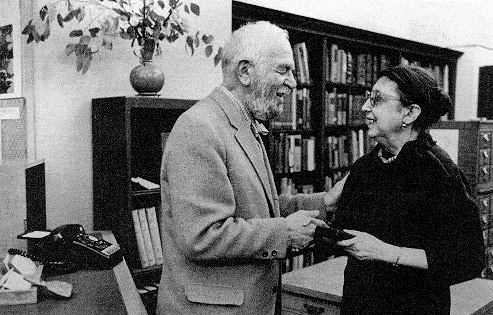
Image Courtesy of the New York Public Library.
In 1936, Javitz worked with Roy Stryker, head of the Farm Security Administration’s Photographic Section to organize the files of the Resettlement Administration. She visited Washington D.C. to format the photographs into a collection, and he sent her duplicate prints of some work to ensure their preservation before it was clear that they would be preserved in D.C.
Javitz felt strongly about this material. The seminal text Words on Pictures (edited by Anthony T. Troncale) records interviews in which she discussed the body of work (the collection had, ultimately, 40,000 prints from the various photographers who worked for the FSA), highlighting both the new documentary mode of image-making as well as the artistic success of the work. Javitz recalled “when the photographs came to us, they just gave us a completely new eye. It was really a third eye for all our trouble. You have no idea of what richness it meant to us. First of all, it was the first time that we had images that were clean cut. They weren’t made to sell records or soap or whatnot” (p. 208). Her deep understanding of the material extended to the idea of the photo essay. “You have a sense that every picture is just like one word of a sentence,” she said about Lange’s work (p. 205) and describing FSA photographs generally arriving at the NYPL. Seeing just one is not enough, she argued.
“Curators of photographic collections—and I’m going to include Steichen—tried very hard to present photography as an art but actually photographs as documents is a much more exciting subject” (p. 230), Javitz said in one interview. Her strong sense of considering the image content first, created a dynamic collection of images in which the idea of hierarchies and isolation were simply not applicable.
Romana Javitz & Dorothea Lange
“While there is perhaps a province in which the photograph can tell us nothing more than what we see with our own eyes, there is another in which it proves to us how little our eyes permit us to see.”
-Dorothea Lange
Though Dorothea Lange initially owned a portrait studio serving San Francisco, by 1933 the devastation wrought by the Great Depression compelled her out the studio door and onto the street. This marked a profound shift in the trajectory of Lange’s career. She believed strongly in the camera’s ability to effect change and powerfully illustrate injustice and inequalities. Her images are both deeply empathetic and outraged, and her methods—open, instinctual, responsive, and intimate—created some of the most enduring and iconic images from the period. “Open yourself as wide as you can, like a piece of unexposed, sensitized material,” she wrote.
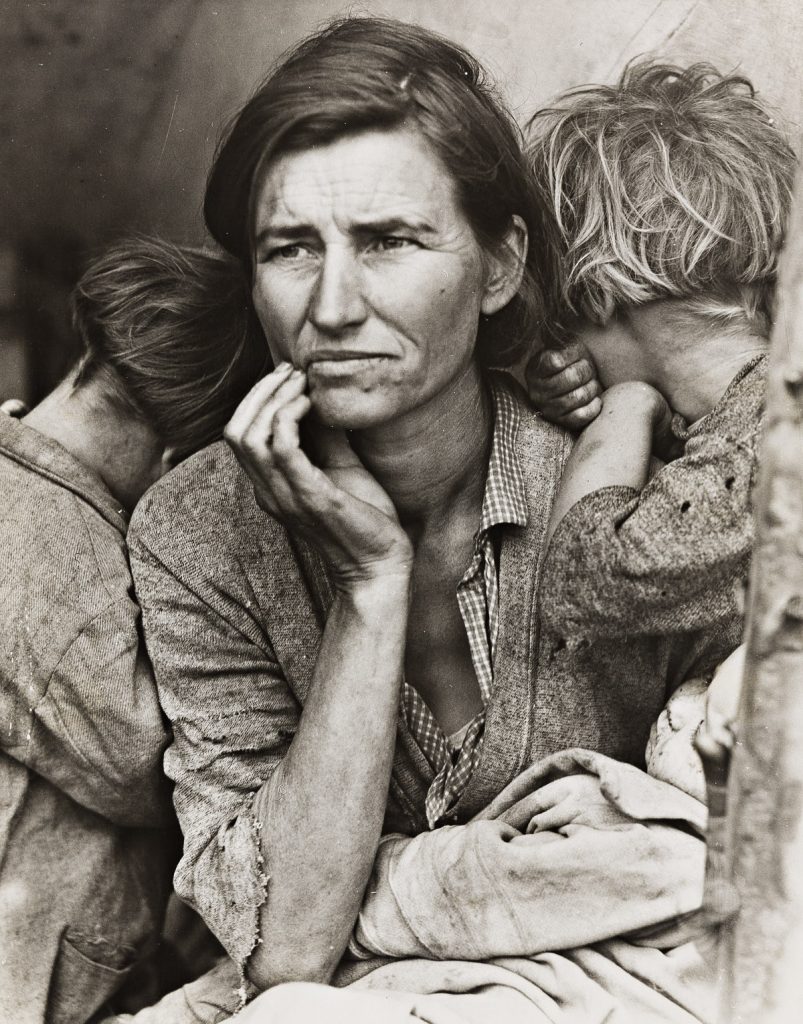
Migrant Mother’s creation and subsequent transformation to cultural icon is well documented. Lange made this image, along with six other frames, of the same woman, Florence Owens Thompson, in 1936. Taken in early March, by the 11th of that month it had been reproduced to thousands of newspaper readers for the first time (in the San Francisco News accompanying an editorial titled “What Does the ‘New Deal’ Mean to This Mother and Her Children?”). Since then, its power and visual impact has only grown and multiplied, becoming one of the most recognizable and reproduced images in the world. It has not lost its ability to move and connect, a testament to Lange’s enduring empathy and abilities as a photographer.
Lange often sent photographs to Romana Javitz, supporting and agreeing with Javitz’s mission at the Picture Collection. Like Javitz, Lange believed fully in the power of images as currency and communication tool. In 1965, Lange sent her friend a letter saying “It would be very fine, very fine indeed, if we could spend a Picture-lovers afternoon together.” In an interview with Richard K. Doud, Javitz quoted Lange telling her “of all the places in the world where she’d rather have her material, it would be in a library”.
While Lange has been the subject of major museum retrospectives and award-winning biographies, Romana Javitz’s contributions and prescient understanding of the importance of the image remain less widely known. In offering this important work from her collection, we hope Javitz too will achieve greater recognition.
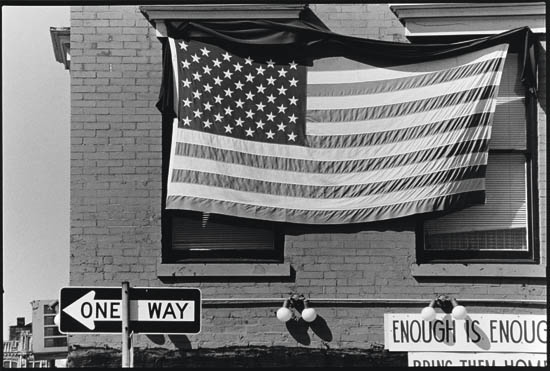
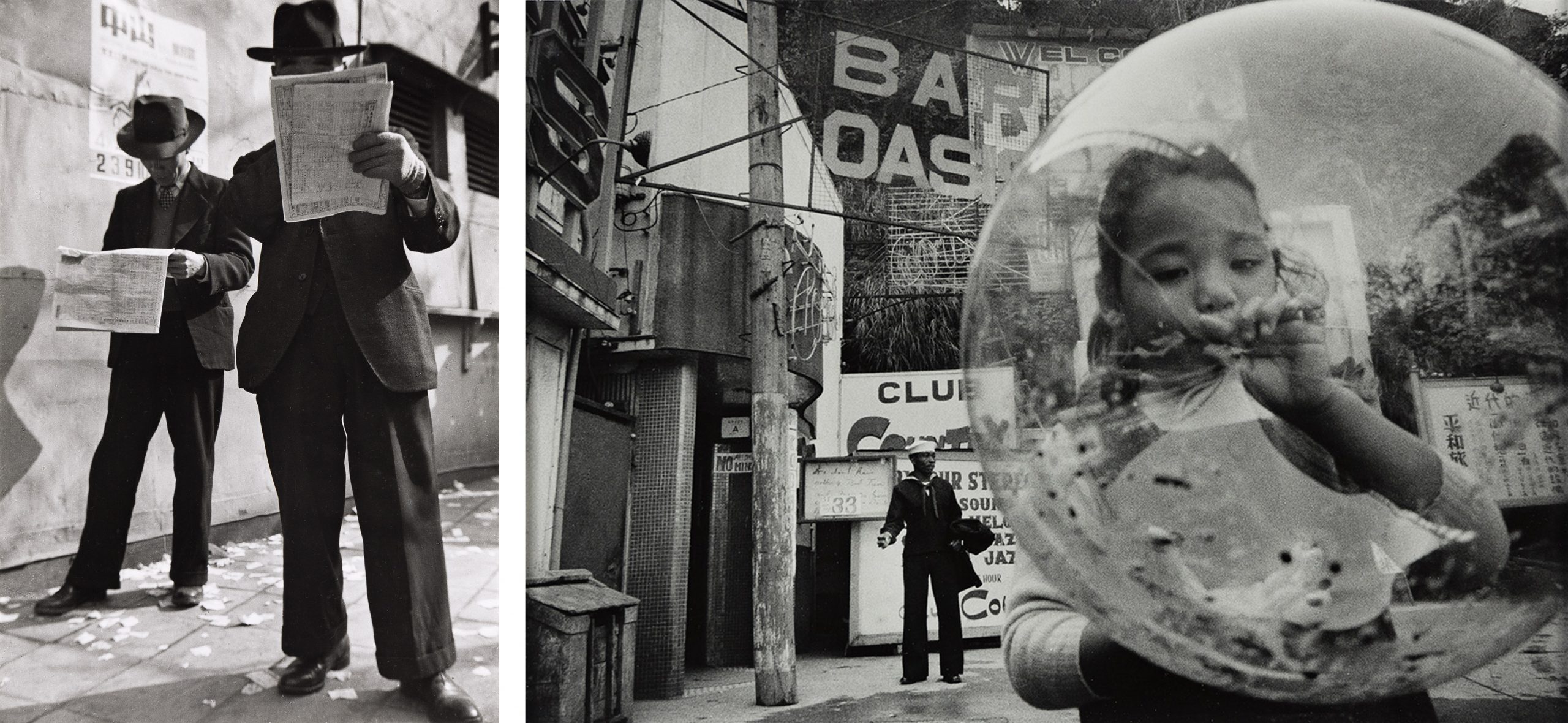
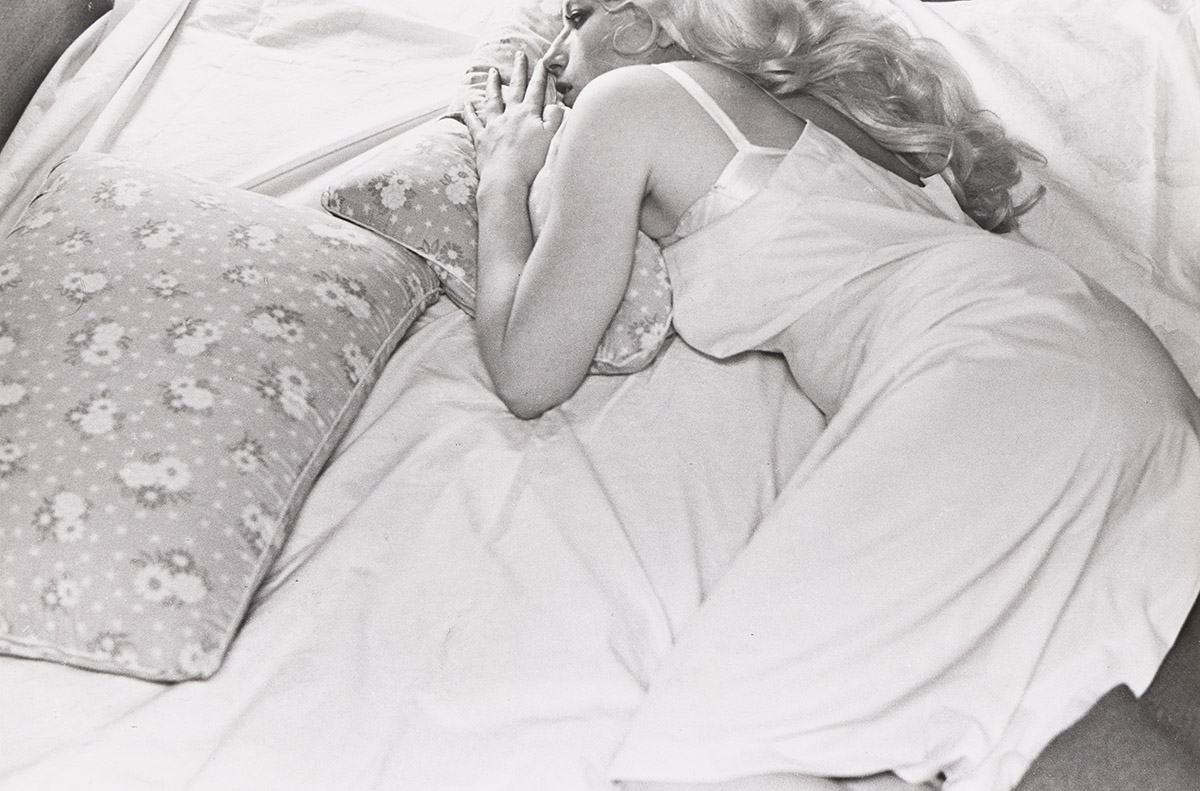













![Grace Meschery-McCormack shares about two copies of Fernando de Rojas’s ‘La Célestine,’ including a limited edition copy illustrated by Pablo Picasso.
At auction April 22. Learn more about the works at the link in our bio.
#Rarebooks #rarebookdealer #antiquarianbooks #auctions
_______________________________________
Music Credit:
Schubert - Piano Quintet in A major ‘The Trout’, D. 667 - IV. Andantino – Allegretto
Music provided by Classical Music Copyright Free on Youtube [https://tinyurl.com/visit-cmcf]
Watch: • Schubert - Piano Quintet in A major ‘...]](https://scontent-iad3-1.cdninstagram.com/v/t51.75761-15/491443494_18499096345036585_5935932878956098058_n.jpg?stp=dst-jpg_e35_tt6&_nc_cat=107&ccb=7-5&_nc_sid=18de74&_nc_ohc=QlZg0o3Vx4oQ7kNvwHlPDYS&_nc_oc=Admkx5CH3-5gNl9kFtE07uGBWzC1TrU8LutoXTk30m77fiWC0m2_oIjIUSQBbJE8mA8&_nc_zt=23&_nc_ht=scontent-iad3-1.cdninstagram.com&edm=AM6HXa8EAAAA&_nc_gid=LKk1gtEmoFkqdxHMdO-bqg&oh=00_AfK7zXwFsWEqv8D6xhU0wob_5asRzpiOa4hEb4NHZ6Sw9w&oe=682572D1)

